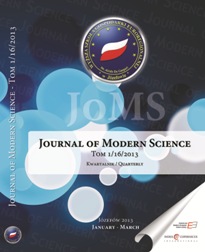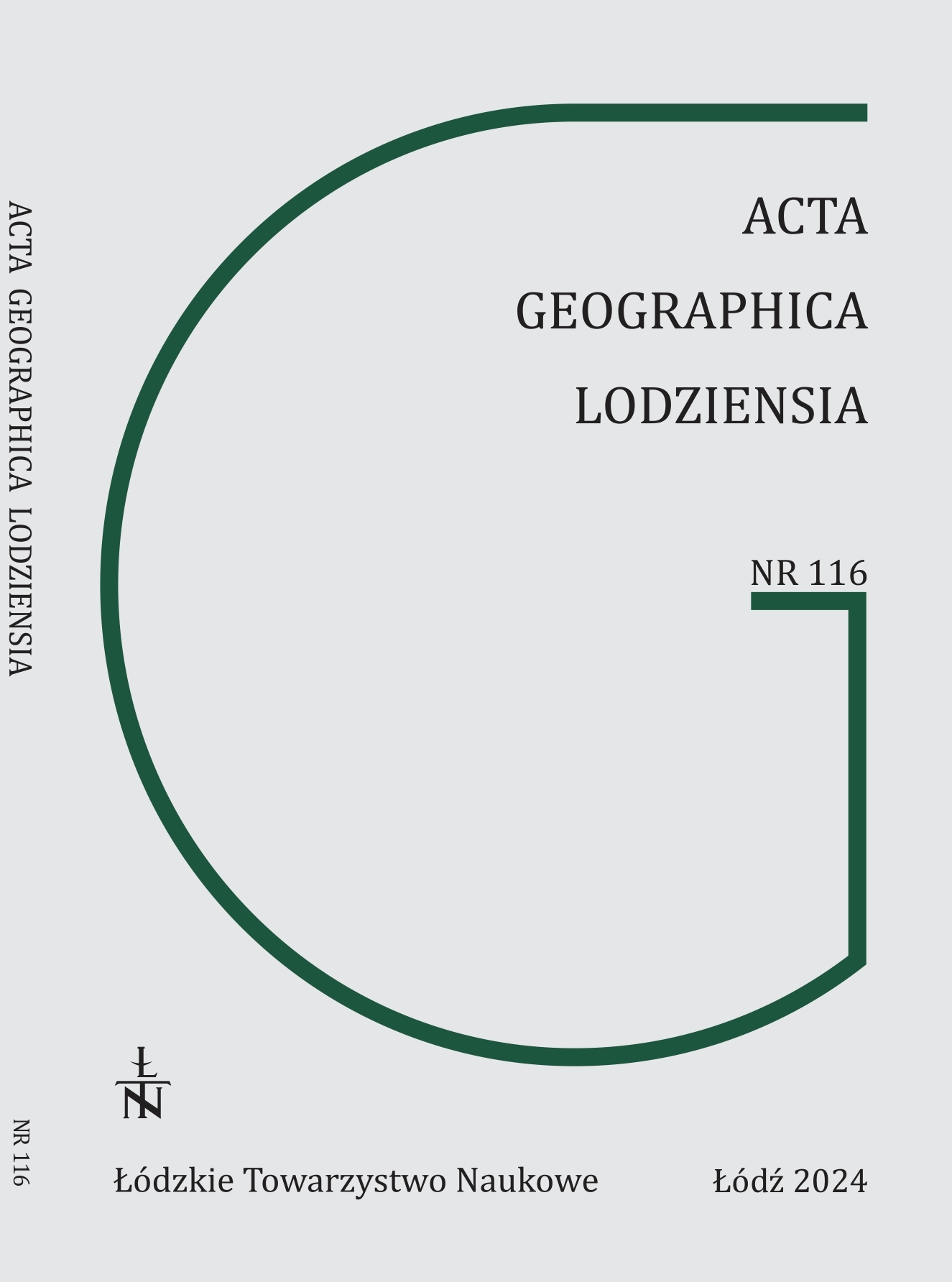Author(s): Alina Andreea Meșteru,Andrei Șerban Ilie,Cătălina Cristea / Language(s): English
Issue: 37/2024
The present article addresses the monitoring of the behavior of three object points located on the Râușor dam crest, considering two different measurement epochs. The measurements were obtained using spatial geodetic technologies, carried out over 24 hours on two different dates and during two different measurement epochs, namely in the years 2023-2024.The processing of the measurements obtained from satellite observations conducted during the two measurement epochs was performed using a mathematical model. The goal was to determine the positions of the three object points in each epoch, and subsequently to determine their displacements.To conduct the necessary measurements for the case study, a network was used where the three points, named G501, G502, and G601, were considered new points, while point GPS4, where a permanent station is installed, was considered a fixed point.Observations were made at all four points in the network mentioned above. These observations were represented in the processing stage by observation files and navigation files. After the observation sessions, these files were input into the Emlid Studio application. Using this application, the coordinate increments and the necessary precisions for processing were extracted, taking into account the use of a local geodetic coordinate system.To determine the positions of the object points, the coordinates of the permanent station GPS4 were known, thus enabling a relative determination of the positions of the three points using these coordinates. With the coordinates of the fixed point GPS4 and the coordinate increments extracted from the Emlid Studio program, the provisional coordinates of the three new points were calculated.An important step in the processing was the development of the stochastic functional model, from which the coefficient matrix was extracted. Since the measurements were correlated, the variance-covariance matrix could also be compiled, from which the weight matrix was calculated. With all these components, the normal equation system of corrections and its inverse were developed.To determine the adjusted coordinates of the new points, the solutions to the normal system were calculated and applied to the provisional coordinates of the points. Additionally, the values of the corrections applied to the coordinate increments extracted using the Emlid Studio program were determined.For all three points located on the dam's crest, considered new points, the steps described above were followed, with processing performed for both years 2023 and 2024. The precision estimates and the calculation of the error ellipses for each point were also completed.To draw a conclusion, the coordinates of the three points obtained in the two measurement stages were compared, allowing the observation of their displacements on the North and East components, as well as altitude displacements. It was concluded that the equipment used, the chosen measurement method, the method of determining the points positions, and the coordinate system used together resulted in high precision in determining the positions of these points. This indicates that these combined methods are suitable for monitoring constructions over time.
More...






